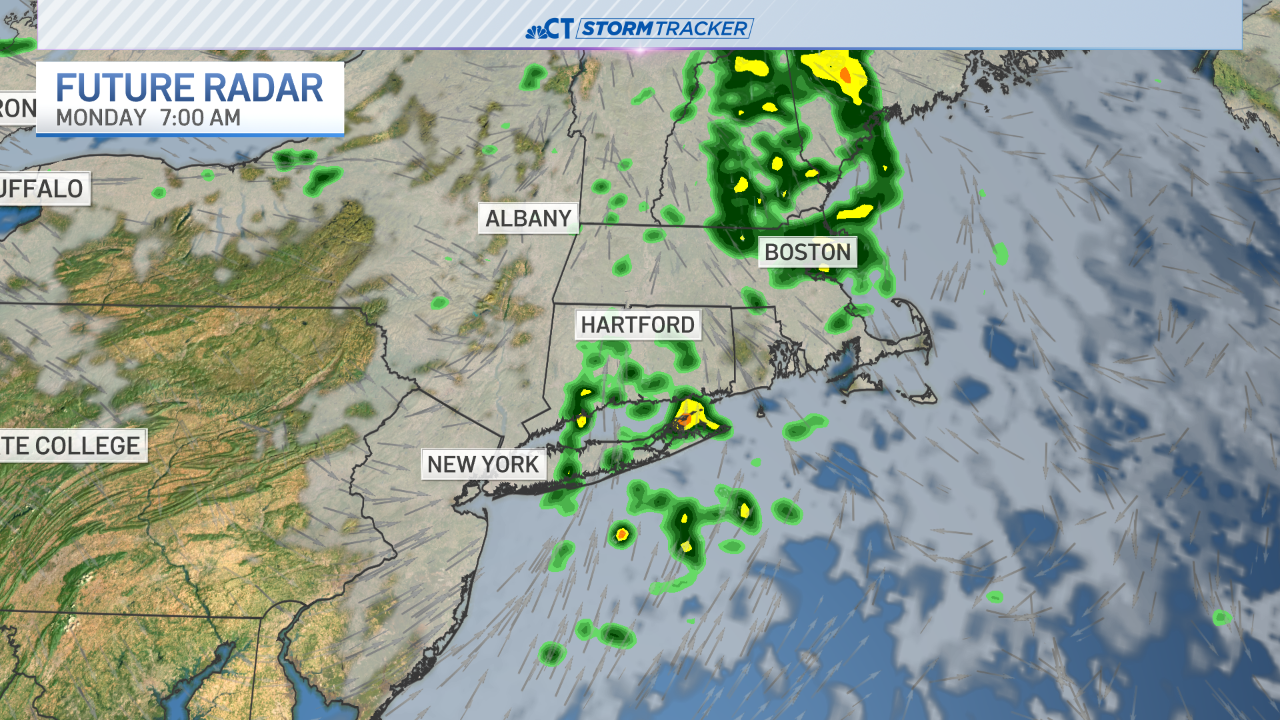When Tropical Storm Isaias brought down two enormous white pine trees in the UConn Forest in Storrs last summer, a professor from the College of Agriculture, Health and Natural Resources saw a unique opportunity to help get those trees back into the environment.
While teaching a course in the UConn Forest this past fall, Thomas Worthley, an associate extension professor at UConn, came across damage from Tropical Storm Isaias.
“I happened to notice these two very large white pine trees that had been damaged by the wind,” Worthley said. “These were very large trees, 29-30 inches in diameter, and tall, over 100 feet tall.”
Worthley immediately thought of Michael Bono, a technology engineering education teacher from Waterford High School who had recently contacted him about supplies for his students. With the surge in lumber prices, the materials Bono was searching for would cost nearly $1,000. So Worthley agreed to provide Waterford students the wood at the cost of a broader educational opportunity.
Get top local stories in Connecticut delivered to you every morning. Sign up for NBC Connecticut's News Headlines newsletter.
“Your students could learn about where the lumber came from and how it was processed,” Worthley told Bono. “And then they can, in turn, tell us about the products they make from it. It could be an interesting endeavor.”
So the students at Waterford High School got to work on dozens of wood duck boxes for wetlands and wood duck habitat areas.
“We don’t have the kind of old trees that exist -- that woodpeckers have kind of carved out holes for the birds to get into and nest,” Bono said. “So these artificial nesting boxes are necessary for them.”
Local
It's a conservation effort important to Bono and a great lesson for students along the way.
“It makes them feel good about themselves,” Bono said. “And that’s all I hope at the end of the day that they have a positive association with themselves and the work they’re doing.”
UConn’s community service doesn’t stop there.
The 2,100 acres of the UConn Forest are full of opportunities for education, research, and conservation. And a group of students will be working throughout the summer removing and restoring damaged trees. There are hundreds of trees in the UConn forest that have been damaged by emerald ash borer.
“Some of the trees that aren’t quite dead but are almost dead will hopefully re-sprout from the stub,” Worthley said. Others will be turned into durable lumber that will go to local sawmills, while others tree remnants will be used to create soil organic material.
For more information on how you can help protect animals that nest in our local wetlands, you can visit here and here.



